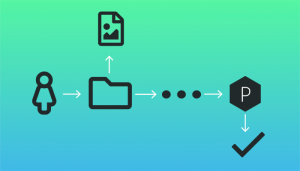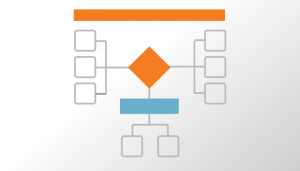Control the chaos and unleash your team's potential with Extensis Connect / Learn More
Control the chaos and unleash your team's potential with Extensis Connect / Learn More


Digital asset management is a discipline that is understood by many. However, the discipline of process management and automation may not be as broadly understood or considered in the DAM community. This can stem from the use of different nomenclature, taxonomy, variations in definitions, or even the belief that DAM solutions address all automated process management that is possible.
 To provide more clarity, this overview will be the first part of a series of articles where we will break down each of the four stages of process management and automation into separate articles and deep dive into its business value.
To provide more clarity, this overview will be the first part of a series of articles where we will break down each of the four stages of process management and automation into separate articles and deep dive into its business value.
 This is a fancy way of saying you’ve figured out the steps in your workflow(s) and while it’s not perfect, you’ve got something from one or more systems to help with that process. This stage is still largely dependent on people taking actions, but usually there will be a notification or other assistance to help guide people along the process.
This is a fancy way of saying you’ve figured out the steps in your workflow(s) and while it’s not perfect, you’ve got something from one or more systems to help with that process. This stage is still largely dependent on people taking actions, but usually there will be a notification or other assistance to help guide people along the process. At this stage, you have a clear understanding of all the steps in your process. You will likely have the majority of steps automated, except for a few manual steps, and often will use things such as scripts, APIs, and automated workflow suites. Your processes are not only working more efficiently, they are also working with more interconnectivity, transparency, consistency, and accuracy. (Just remember you’re not done, but we’ll get to that in a later article.)
At this stage, you have a clear understanding of all the steps in your process. You will likely have the majority of steps automated, except for a few manual steps, and often will use things such as scripts, APIs, and automated workflow suites. Your processes are not only working more efficiently, they are also working with more interconnectivity, transparency, consistency, and accuracy. (Just remember you’re not done, but we’ll get to that in a later article.)Process Management and automation is a step-by-step process that we may not often see or be aware of, but should be identified in order to recognize bottlenecks and improve how work gets done.
Next, we’ll explore people as part of the process. Do the roles change and how can you evolve business around these changes to most effectively leverage your teams, their skills, and systems already in place?
See how your digital asset management system can reach the automated and interconnected stage. Learn more about automating your DAM.